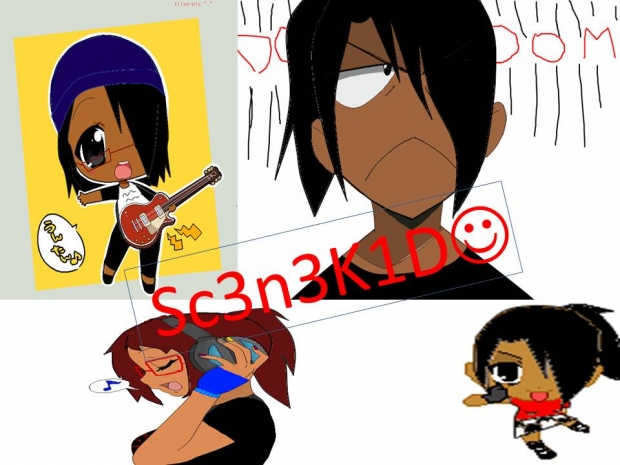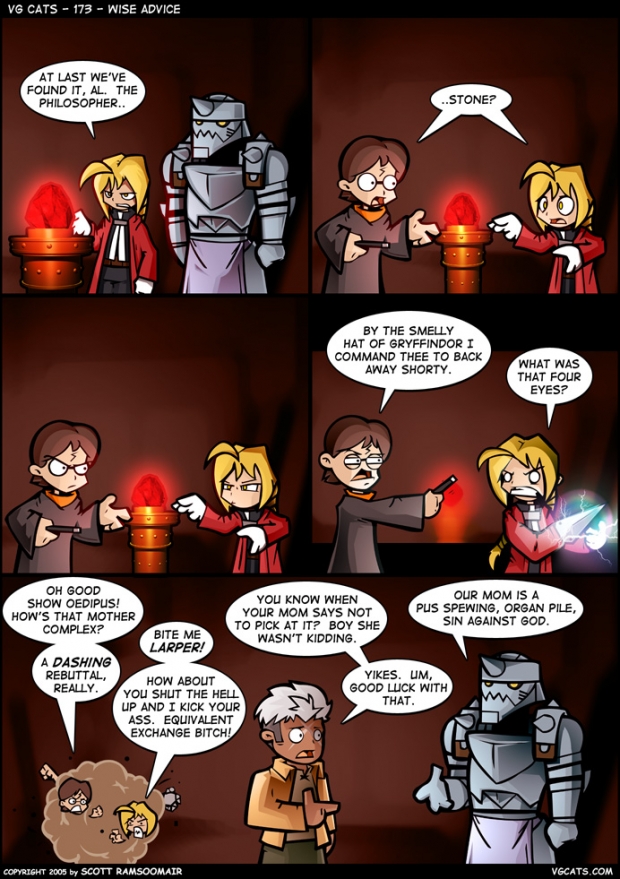The rules of haikuMs. Reichold's List of Haiku Rules, to be Used as One Sees Fit
1. Seventeen syllables in one line.
2. Seventeen syllables written in three lines.
3. Seventeen syllables written in three lines divided into 5-7-5.
4. Seventeen syllables written in a vertical (flush left or centred) line.
5. Less than 17 syllables written in three lines as short-long-short.
6. Less than 17 syllables written in three vertical lines as short-long-short. (Ala Barry Semegran)
7. Write what can be said in one breath.
8. Use a season word (kigo) or seasonal reference.
9. Use a caesura at the end of either the first or second line, but not at both.
10. Never have all three lines make a complete or run-on sentence.
11. Have two images that are only comparative when illuminated by the third image. Example: spirit in retreat / cleaning first the black stove / and washing my hands
12. Have two images that are only associative when illuminated by the third image. Example: fire-white halo / at the moment of eclipse / I notice your face
13. Have two images that are only in contrast when illuminated by the third image. Example: two things ready / but not touching the space between / fire
14. Always written in the present tense of here and now.
15. Limited use (or non-use) of personal pronouns.
16. Use of personal pronouns written in the lower case. Example: i am a ...
17. Eliminating all the possible uses of gerunds ('-ing' endings on wording).
18. Study and check on articles. Do you use too many the's? too little? all the same in one poem or varied?
19. Use of common sentence syntax in both phrases.
20. Use of sentence fragments.
21. Study the order in which the images are presented. First the wide-angle view, medium range and zoomed in close-up. (Thanks to George Price for this clarification!)
22. Save the "punch line" for the end line.
23. Work to find the most fascinating and eye-catching first lines.
24. Just write about ordinary things in an ordinary way using ordinary language.
25. Study Zen and let your haiku express the wordless way of making images.
26. Study any religion or philosophy and let this echo in the background of your haiku.
27. Use only concrete images.
28. Invent lyrical expressions for the image.
29. Attempt to have levels of meaning in the haiku. On the surface it is a set of simple images; underneath a philosophy or lesson of life.
30. Use images that evoke simple rustic seclusion or accepted poverty. (sabi)
31. Use images that evoke classical elegant separateness. (shubumi)
32. Use images that evoke nostalgic romantic images. Austere beauty. (wabi)
33. Use images that evoke a mysterious aloneness. (Yugen)
34. Use of paradox.
35. Use of puns and word plays.
36. Write of the impossible in an ordinary way.
37. Use of lofty or uplifting images. (No war, blatant sex, or crime)
38. Telling it as it is in the real world around us.
39. Use only images from nature. (No mention of humanity.)
40. Mixing humans and nature in a haiku by relating a human feeling to an aspect of nature.
41. Designation of humans a non-nature and giving all these non-nature haiku another name.
42. Avoid all reference to yourself in the haiku.
43. Refer to yourself obliquely as the poet, this old man, or with a personal pronoun.
44. Use no punctuation for ambiguity.
45. Use all normal sentence punctuation
: = a full stop
; = a half stop or pause
... = something left unsaid
, = a slight pause
-- = saying the same thing in other words
. = full stop
46. Capitalize the first word of every line.
47. Capitalize the first word only.
48. Capitalize proper names according to English rules.
49. All words in lower case.
50. All words in upper case.
51. Avoid rhymes.
52. Rhyme last words in the first and third lines.
53. Use rhymes in other places within the haiku.
54. Use alliteration. Example by Calvin of Calvin & Hobbes: twitching tufted tail / a toasty, tawny tummy: / a tired tiger
55. Use of words' sounds to echo feeling.
56. Always end the haiku with a noun.
57. Write haiku only from an "ah-ha" moment.
58. Use any inspiration as starting point to develop and write haiku. (These are known as desk haiku.)
59. Avoid too many (or all) verbs.
60. Cut out prepositions (in - on - at - among - between) whenever possible; especially in the short 1/3 phrase.
61. Eliminate adverbs.
62. Don't use more than one modifier per noun. This use should be limited to the absolute sense of the haiku.
63. Share your haiku by adding one at the close of your letters.
64. Treat your haiku like poetry; it's not a greeting card verse.
65. Write down every haiku that comes to you. Even the bad ones. It may inspire the next one which will surely be better.
And lastly - just when you thought it was safe to venture forth - the zombies have found you yet again. For there is a book you can devour for haiku inspiration. It is called Zombie Haiku: Good Poetry for Your Brains.
![]()
 ☠
☠
